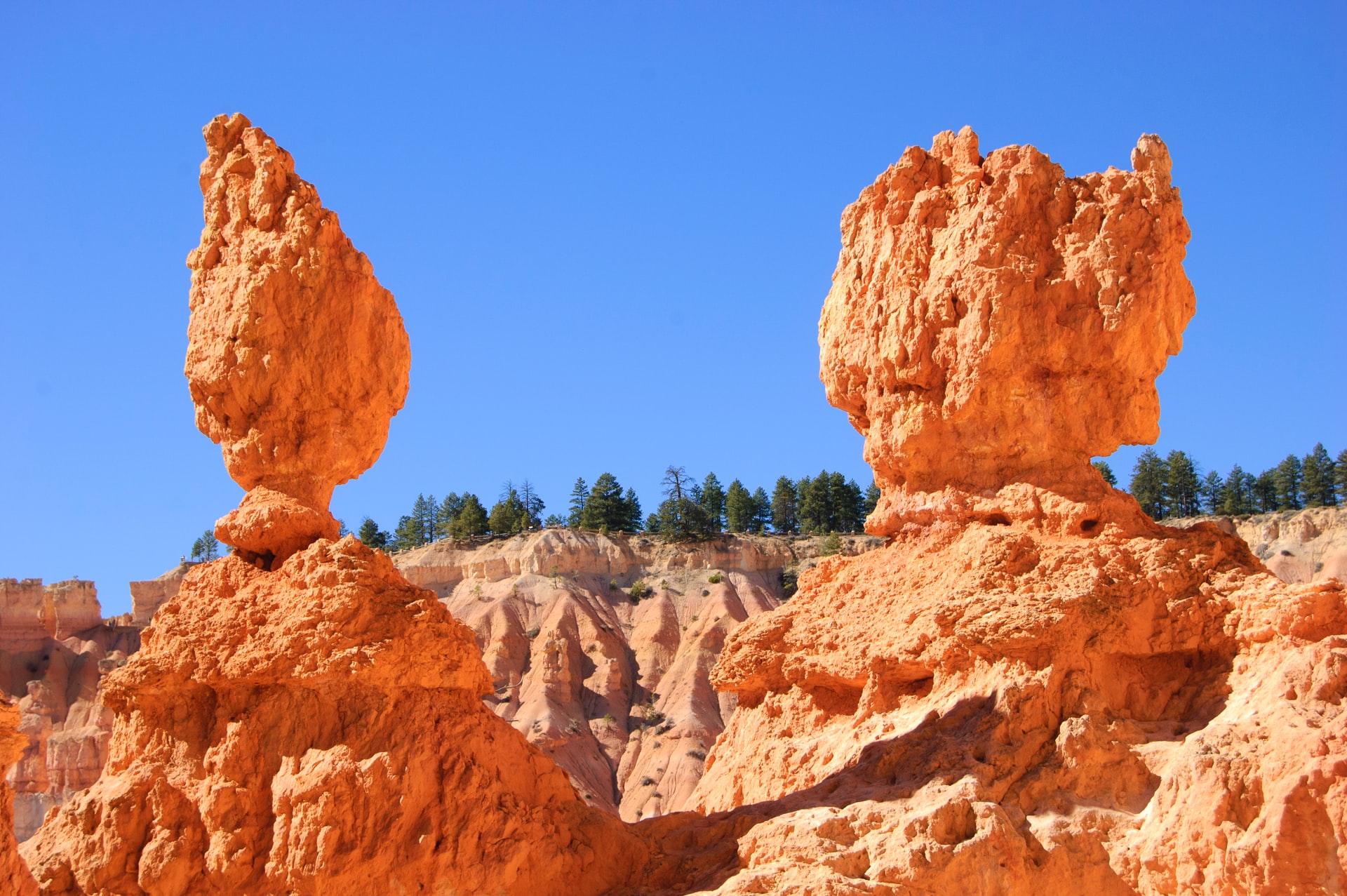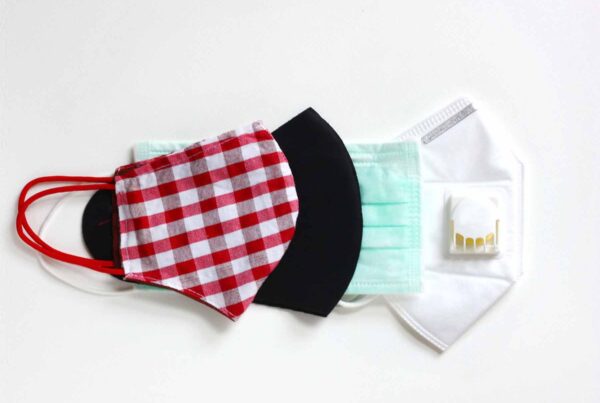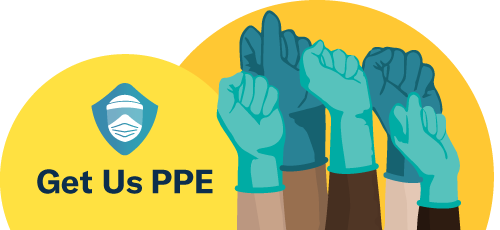For nine months, COVID-19 has become deeply entrenched into the fabric of everyday Americans’ lives, touching all cornerstones of our existence. However, one group has been disproportionately affected by the virus. Across the United States, American Indian and Alaska Native people have seen more than three times as many cases compared to the total population.
According to the most recent CDC Morbidity and Mortality Weekly Report, Native Americans are nearly twice as likely to die from COVID-19 than non-Hispanic whites. Native American populations face the greatest shortages in access to personal protective equipment (PPE), federal funding, and public assistance, which has exacerbated the crisis and led to the highest infection rates.
Native American Communities at Risk for COVID-19
Due to a history of underfunded health services and inadequate infrastructure, Native Americans are disproportionately affected by the COVID-19 pandemic. Heart disease, cancer, and diabetes are among the leading causes of death among Native populations. These underlying health conditions are direct legacies of the colonial violence and neglect these communities face. As a result, they remain at higher risk for COVID-19 infection and will face longer consequential health and economic effects.
In the Navajo Nation alone, 38% of people live below the poverty line, double the general US poverty rate of 15.1%. Among tribes, the Navajo Nation reservation has seen the worst COVID-19 outbreaks. For the week of Dec. 14, 2020, alone, there were 20,095 new positive cases, a higher infection rate than any other state average, including California and New York.
The Legacy of Settler-Colonialism Lives On
The COVID-19 crisis has further exposed the glaring economic inequalities and lack of infrastructure First Nations have dealt with pre-pandemic. Take, for example, the Indian Health Service. For decades, the IHS has remained chronically underfunded and understaffed by the US federal government. Currently, IHS counts on a budget that only covers 16% of the funding needed to fund Indian-operated facilities.
To make matters worse, only 1% of IHS funding for the Urban Indian Health Programs (UIHPs) provides direct services to tribal citizens living in urban areas, severely limiting access to aid. All these factors combined with a delay in federal relief funds, lack of public funding, and delays in equipment deliveries make tackling the pandemic more difficult for reservation providers.
Get Us PPE Delivers
Unfortunately, without proper support, many providers have taken matters into their own hands. They have made calls to the public for donations to acquire testing kits and meet equipment needs. At Get Us PPE, we remain dedicated to leveling off some of these needs by delivering PPE to indigenous communities. Thanks to collective efforts, Get Us PPE recently delivered reusable cloth gowns to the Rosebud Sioux Tribe Ambulance Service. Get Us PPE also facilitated a donation of 100 washable gowns from a collaborative maker, Sewing 4 Good. Also, Get Us PPE collaborated with Echo Global Logistics to donate 56 pallets of water to the Navajo Nation in Arizona, providing much-needed access to clean water.
These are only temporary measures. To combat the spread, native populations will need more monetary aid and governmental assistance in the coffers to be dispersed. Continuous and consistent access to valuable medical equipment, PPE, food supplies, and more essentials remain necessary to contain the spread.





